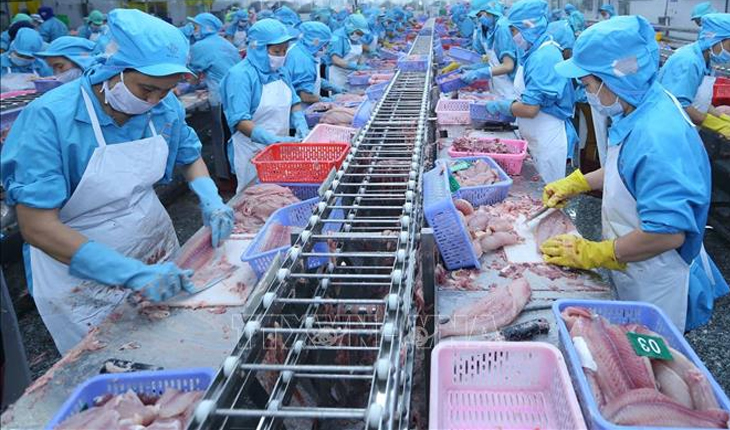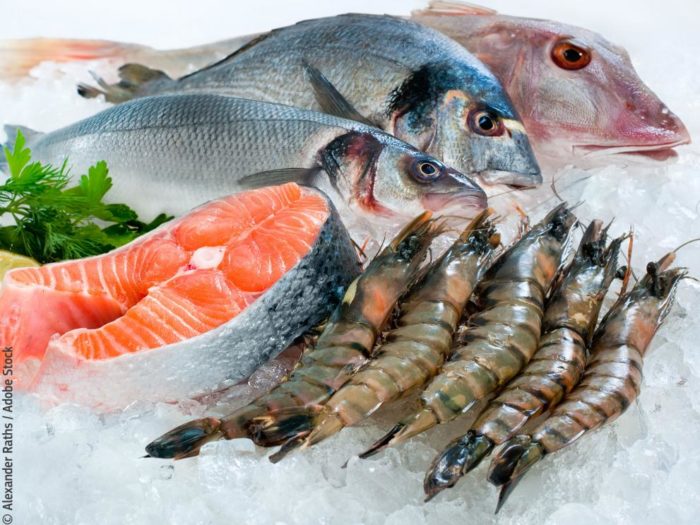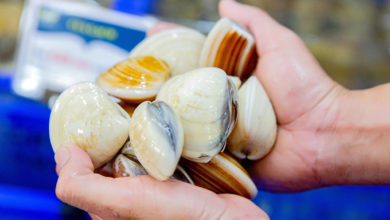Predicted seafood price surge by late 2024: Trends and Opportunities for farmers
Vietnam’s seafood exports are forecasted to exceed USD 5.5 billion in the second half of 2024. In key markets such as the US, EU, and China, demand for seafood is showing strong growth.

In the second half of 2024, the seafood industry is expected to experience significant growth, offering promising opportunities for farmers. The recovery of global demand, particularly in major markets like the US, China, and the EU, alongside changes in trade policies and price fluctuations, is projected to elevate seafood export value to new heights. For seafood farmers, this presents an ideal time to adjust production plans and maximize yields to take advantage of the rising price trends. Let’s explore the key factors driving this growth and the standout opportunities for farmers in a volatile market environment.
Since early 2024, the seafood market has been marked by fluctuations caused by inflation and the global economic downturn. However, with signs of recovery, the seafood industry’s outlook for the end of 2024 is looking brighter than ever. According to AgroMonitor, Vietnam’s pangasius export value rose by 11% in Q2 2024, reaching USD 502 million. This increase was primarily driven by a 22% rise in production, despite a 10% drop in average export prices. This highlights the stability of supply and the robust recovery of Vietnam’s pangasius sector. Additionally, shrimp exports in the first half of 2024 saw an 8% increase, reaching USD 1.6 billion, with further growth expected in the remaining months of the year.
Seafood consumption and export trends for late 2024
Vietnam’s seafood exports are forecasted to exceed USD 5.5 billion in the second half of 2024. In key markets such as the US, EU, and China, demand for seafood is showing strong growth. Particularly, Vietnam’s pangasius exports to the US surged by 40% in Q2 2024, while China saw a 23% rise. In Europe, exports of pangasius and shrimp maintained single-digit growth, although the market faced more challenges compared to the past. The EU’s tightened restrictions on seafood imports from Russia have created an opportunity for Vietnam to expand exports to this region.
For seafood farmers, the anticipated rise in seafood prices towards the year’s end presents many opportunities to optimize production and profits. However, these opportunities come with challenges. Rising costs for raw materials, fish feed, and veterinary supplies, as well as ongoing logistics limitations, create obstacles in production and transportation. To capitalize on this trend, farmers should adjust production plans, adopt advanced technologies, and ensure product quality to meet growing market demand.

Factors influencing seafood prices in late 2024
Several factors will impact seafood prices in late 2024, including weather conditions, seasonal variations, and harvest volumes. Additionally, rising input costs are expected, while domestic and global demand is forecasted to recover. In the US, despite consumers remaining cautious in their spending due to economic uncertainties, a shift toward more affordable options could help Vietnamese seafood—especially pangasius—maintain its strong presence in the market.
Shrimp and pangasius, two of Vietnam’s leading seafood products, are poised for strong price growth in the final months of 2024. Shrimp is expected to see significant gains in major markets such as Japan, driven by high demand during year-end festivities. Meanwhile, pangasius exports to China and the US will likely continue to rise due to increasing consumer demand and stockpiling trends ahead of the holiday season. This presents a golden opportunity for businesses and farmers to refine production strategies and boost exports.
To make the most of the seafood price surge, farmers should adjust their production plans to align with market price trends and demand. Additionally, improving product quality management and minimizing seasonal risks will be essential for ensuring success. Businesses should focus on developing long-term export strategies, leveraging trade agreement opportunities, and building on the growth momentum in key markets.
VFM






